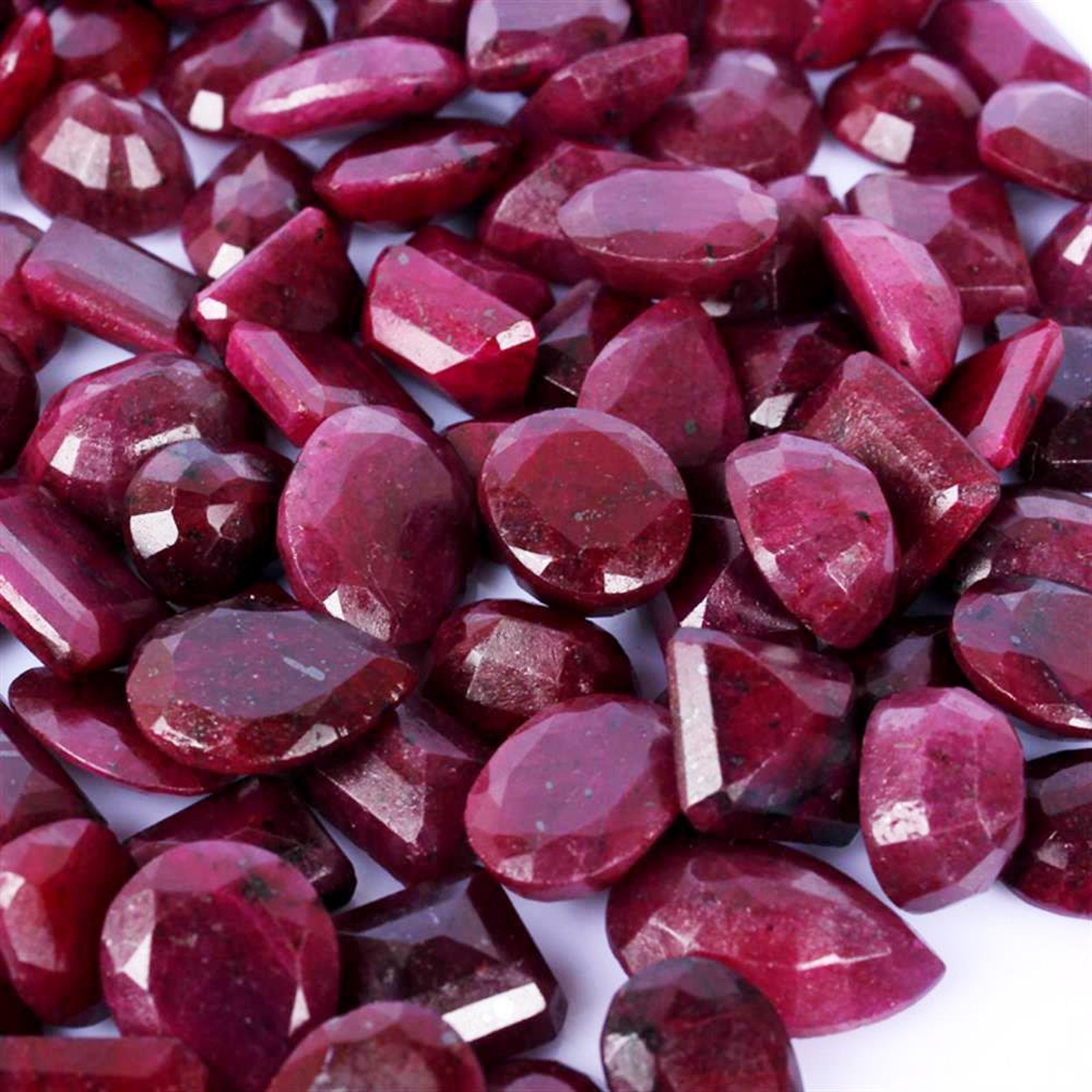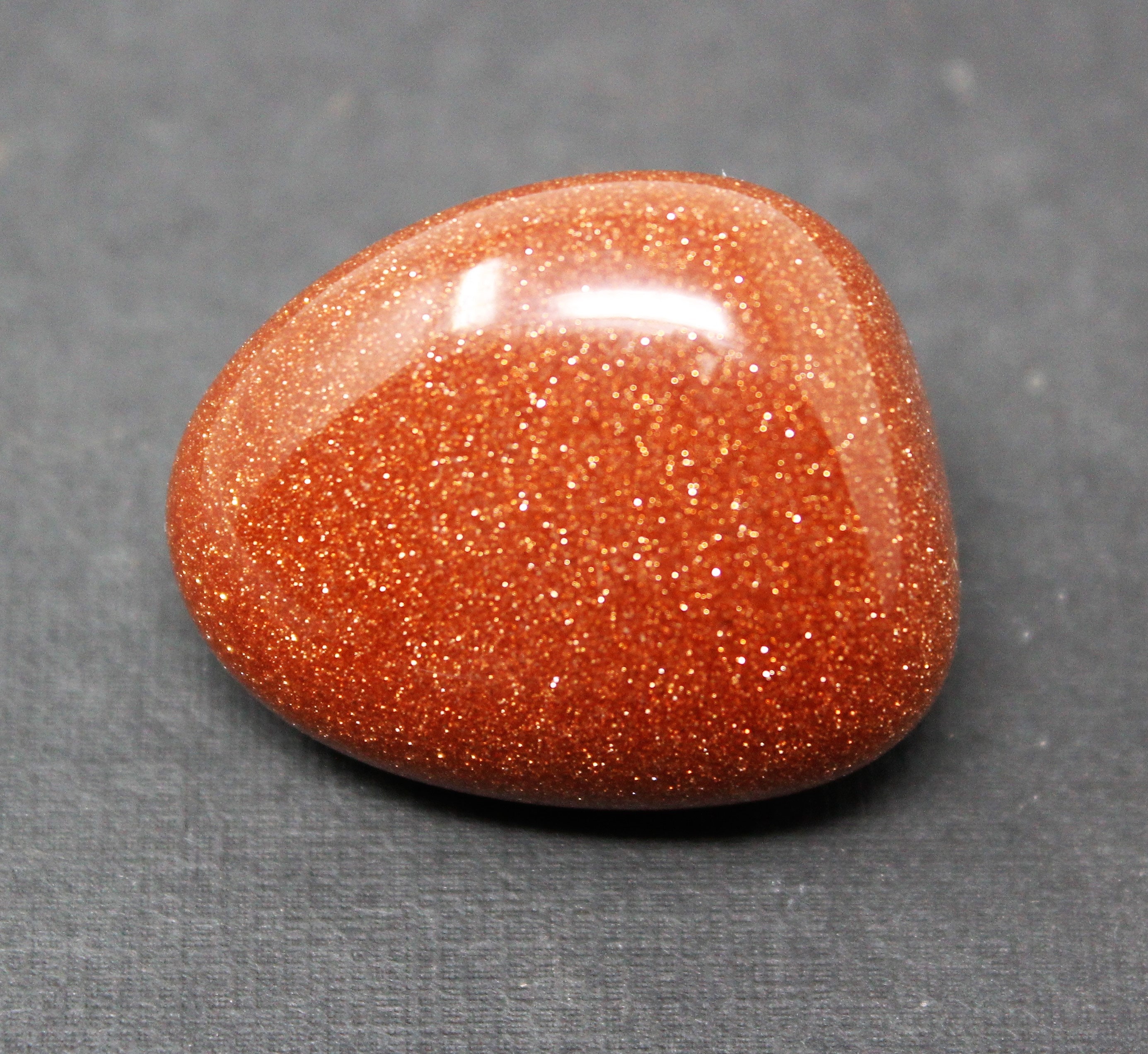History and Origin of “Roje Stona”

The term “Roje Stona” is a fascinating linguistic and cultural phenomenon with roots deeply embedded in various regions and languages. Its history and evolution offer a glimpse into the diverse ways humans interact with the natural world and express their understanding of it.
Etymology and Linguistic Evolution
The term “Roje Stona” is believed to have originated from the Proto-Indo-European root *h₂r̥dʰ- meaning “heart, core, essence”. Over time, this root evolved into various forms in different languages, eventually giving rise to “Roje Stona” in several regions. The term’s evolution can be traced through its usage in different languages, including:
- Old English: “hēort” (heart) evolved into “heorte” and “herte” which is believed to be the origin of “Roje Stona” in some regions.
- Old Norse: “hjarta” (heart) is another potential source for the term, particularly in regions influenced by Norse culture.
- Latin: “cor” (heart) was a common term used in various contexts, including medicine, philosophy, and religion. This Latin root is believed to have influenced the term’s usage in some regions.
Cultural Significance and Folklore
“Roje Stona” holds significant cultural importance in various regions, often associated with folklore, legends, and traditional beliefs.
- Ancient Celtic Culture: “Roje Stona” is believed to have been used in ancient Celtic cultures to refer to the “heart” of a forest or sacred grove. These places were considered to be the source of life and energy, and “Roje Stona” symbolized their power and significance.
- Medieval Europe: In medieval Europe, “Roje Stona” was often used in religious contexts to refer to the “heart” of a cathedral or monastery. These places were considered to be the spiritual center of the community, and “Roje Stona” symbolized their sacredness.
- Modern Usage: Today, “Roje Stona” is still used in some regions to refer to places of natural beauty or historical significance. It is often used to evoke a sense of awe, wonder, and reverence.
Legends and Stories
Numerous legends and stories are associated with “Roje Stona” across different cultures.
- The Legend of the Heartwood Tree: In some regions, “Roje Stona” is associated with a legendary tree known as the “Heartwood Tree.” This tree is believed to possess magical powers and to be the guardian of the forest.
- The Story of the Sacred Stone: In other regions, “Roje Stona” is associated with a sacred stone that is believed to hold the power of the earth. This stone is often used in rituals and ceremonies to connect with the natural world.
Contemporary Usage and Applications

While the term “Roje Stona” might seem archaic, its essence persists in contemporary language, literature, and cultural expressions. It embodies the enduring human desire for stability, resilience, and connection to the natural world.
Contemporary Usage in Language
The term “Roje Stona” finds its way into contemporary language, albeit often in a metaphorical or symbolic sense. It is used to describe individuals or communities that exhibit strength, perseverance, and a strong connection to their roots. For instance, in contemporary literature, a character might be described as having “Roje Stona” to highlight their ability to overcome adversity. In everyday conversation, one might use the phrase “he/she has Roje Stona” to praise someone’s unwavering determination.
The Term in Literature and Art
“Roje Stona” has also found its way into contemporary literature and art. Authors and artists often employ the term to evoke a sense of ancient wisdom, resilience, and connection to the natural world. For example, a contemporary novel might feature a character who embodies “Roje Stona” by drawing strength from the land and its history. Similarly, a contemporary painting might depict a landscape with a “Roje Stona” motif, symbolizing the enduring power of nature.
Potential for New and Innovative Applications, Roje stona
The term “Roje Stona” holds significant potential for new and innovative applications. Its adaptability and evocative nature make it suitable for use in a variety of contexts. For instance, it could be incorporated into branding campaigns to convey a sense of authenticity, resilience, and connection to nature. It could also be used in educational materials to promote cultural understanding and appreciation of historical traditions.
Globalization and Cultural Exchange
Globalization and cultural exchange have had a profound impact on the usage and meaning of “Roje Stona.” While the term’s core meaning remains rooted in its historical context, its interpretation has evolved to reflect contemporary perspectives. In an increasingly interconnected world, “Roje Stona” has become a symbol of shared human values, such as resilience, adaptability, and a respect for diversity. It serves as a reminder that despite cultural differences, we are all interconnected and share a common history.
Roje Stona, a powerful and ancient force in many mythologies, often embodies the concept of fate or destiny. This concept of predetermined paths is also mirrored in the lives of athletes like Nina Kennedy , a champion pole vaulter who has dedicated her life to achieving her athletic goals.
Just as Roje Stona guides individuals towards their predetermined destinies, Kennedy’s unwavering focus and dedication have led her to the pinnacle of her sport, showcasing the powerful intersection of human ambition and the forces of fate.
Roje Stona, a renowned artist known for his intricate stone carvings, draws inspiration from the human spirit. His works often depict individuals pushing their limits, much like the incredible feats achieved by Moroccan track and field legend el bakkali.
Stona’s sculptures, much like el bakkali’s races, are a testament to the enduring power of human determination and the pursuit of excellence.